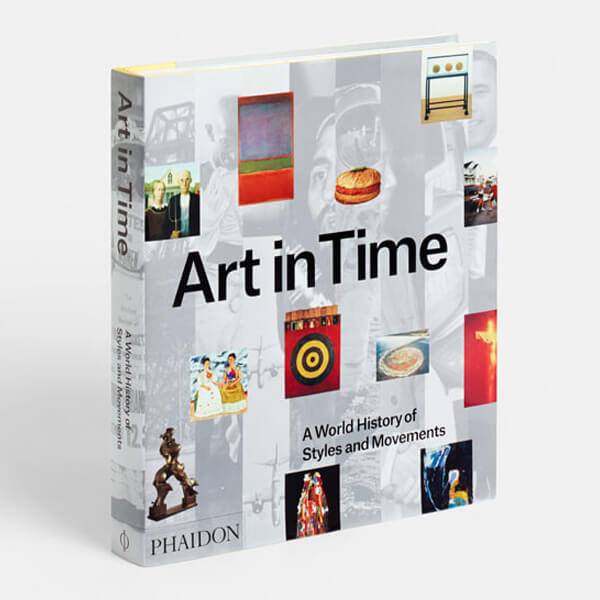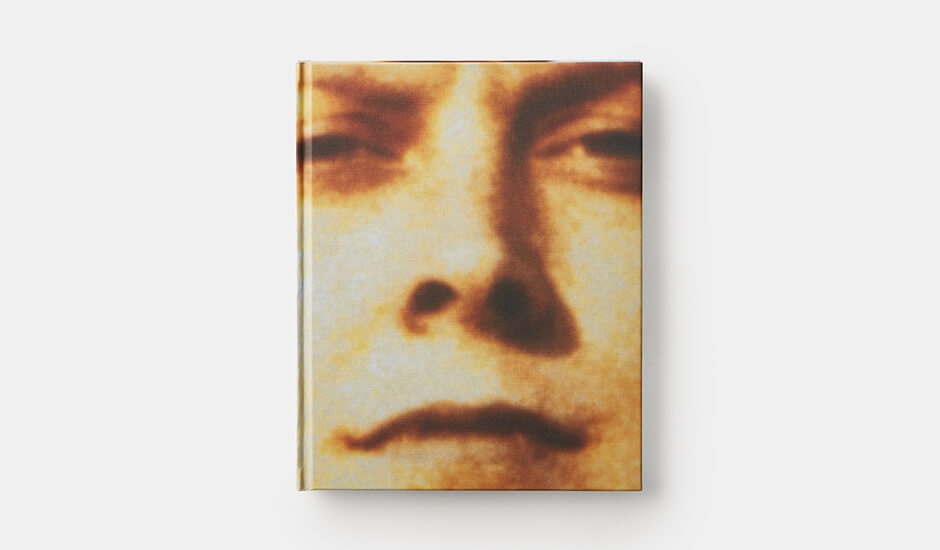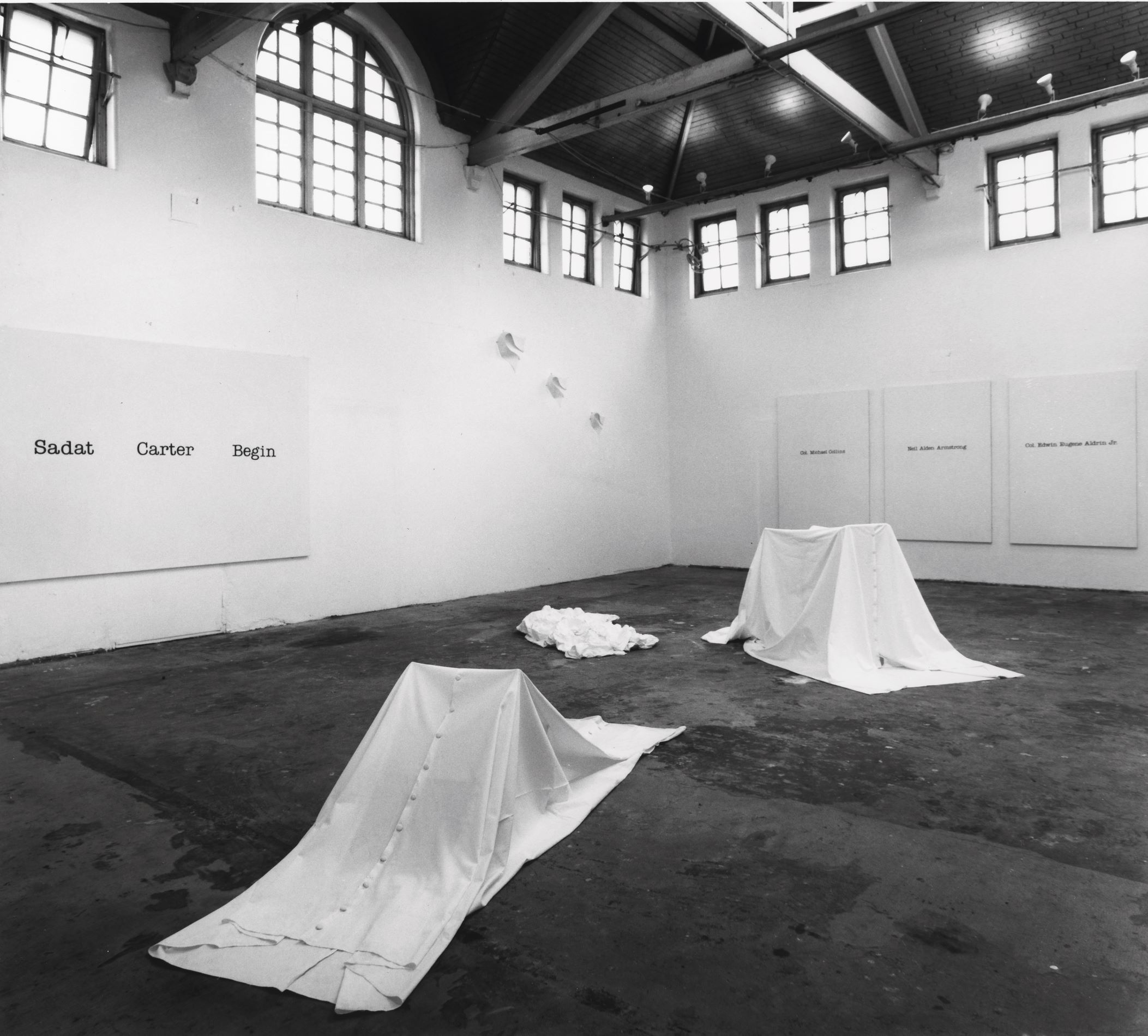
Phaidon's 15 Minute Art Lesson - How Freeze Introduced the YBAs to the World – by Bruce Altshuler
Guerrilla tactics, showmanship and commercial acumen helped Damien Hirst and friends change art history
British artists such as Damien Hirst, Sarah Lucas and Tracey Emin are so much a part of the contemporary art world, that it’s hard to recall a time when they were outsiders. Nevertheless, these Young British Artists, as they were once known, found fame not only for their unconventional, and at times controversial artworks, but also for the way in which they attracted an audience.
“Organized by second-year art student Damien Hirst, ‘Freeze’ is legendary as the originating moment of the ‘Young British Artists’ (‘YBAs’), a group that rose to prominence with the support of collector Charles Saatchi,” writes Bruce Altshuler, Director of the Program in Museum Studies, Graduate School of Arts and Science, New York University, in his book Biennials and Beyond: Exhibitions That Made Art History: 1962-2002.
“Despite the fact that many of the YBAs were not in ‘Freeze’, the show has been seen as having played a founding role similar to that of many artist-organized exhibitions in the history of early modern art. The primacy of Hirst’s entrepreneurship and marketing ties ‘Freeze’ to its time, to the credo of self-help and personal initiative promoted during the Thatcher years.”
“The Young British Artists, a term applied retroactively in 1992 and then, as the YBAs, in 1996, emerged in the late 1980s and early 1990s,” explains our book Art in Time. “Most had studied art at Goldsmiths College or the Royal College of Art in London, and many had caught the eye of collector Charles Saatchi."
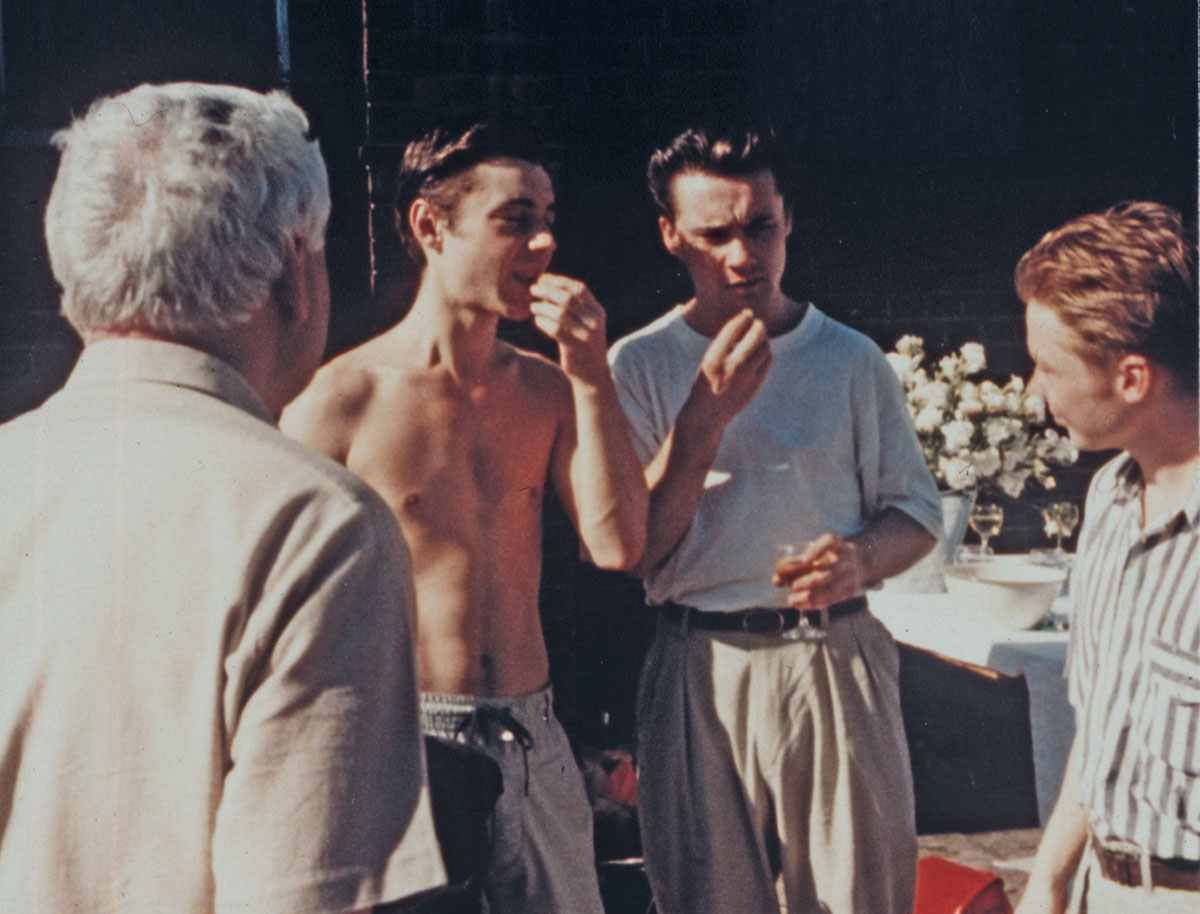
“Damien Hirst, the leading member of the YBAs, curated their first show in 1988, titled ‘Freeze’. Now one of the highest earning artists in the world, Hirst’s notoriety resulted initially from the shock value of his work, including his series of preserved animal carcasses presented in glass vitrines of formaldehyde. He is renowned for his market savvy, and was the first artist to discard his dealer and sell his work directly through high-end auction houses.”
“Most of those exhibiting in 'Freeze' were current or recently graduated art students at Goldsmiths’ College,” Altshuler goes on. “Here the innovative curriculum eliminated divisions between disciplines, and instructors such as Richard Wentworth and Michael Craig-Martin, emphasized an art of articulate conceptualization. Craig-Martin encouraged professional initiative among his students, and connected them with important figures in the London art-world. Among those whom he encouraged to visit ‘Freeze’ were Nicholas Serota, who became director of the Tate during the show, and Norman Rosenthal of the Royal Academy. The tale of Damien Hirst’s taking them personally to the exhibition is a highlight of ‘Freeze’ folklore.
"‘Freeze’ was mounted in three parts over two months, with changing works by the same artists. It was open Wednesdays through Sundays, noon to 7 p.m. Hirst had obtained from the London Docklands Development Corporation the use of an empty administrative building in an industrial area slated for commercial development. The catalogue was funded by Olympia and York, which was constructing nearby Canary Wharf. The artists spent weeks cleaning the building, and the space housing their exhibition evoked the white cube aesthetic of the Saatchi Collection’s renovated warehouse in St. John’s Wood, in northeast London, where works by many 'Freeze’ artists would find a home. The same professional look characterized the catalogue designed by Tony Arefin, which featured colour plates for every artist in the show."
The title of the show came from the catalogue's description of Mat Collishaw's macro photograph Bullet Hole which showed a gunshot wound to a human head (taken from a pathology textbook).
If 'Freeze' is remembered for anything, it is the entrepreneurial vigour with which artists such as Hirst launched their careers. Yet not every exhibitor felt the show was a surefire route to success. The British artist Sarah Lucas tells the New Museum’s Massimiliano Gioni in her book that she found 'Freeze' reassuring, rather than an absolute guarantee of success.
“The show kept evolving: there were different iterations of it,” she remembers. “In the first show, I had some abstract aluminum sculptures that were somehow crushed up. For the second iteration, I showed some brick walls that looked like they were hanging on the wall: they looked like brick-wall paintings, made of actual bricks but still quite abstract.”
“After ‘Freeze,’ when galleries were sniffing around various friends of mine, I started to realize that, OK, this could happen,” she says, “but I wouldn’t say I was sure it was going to happen to me.”
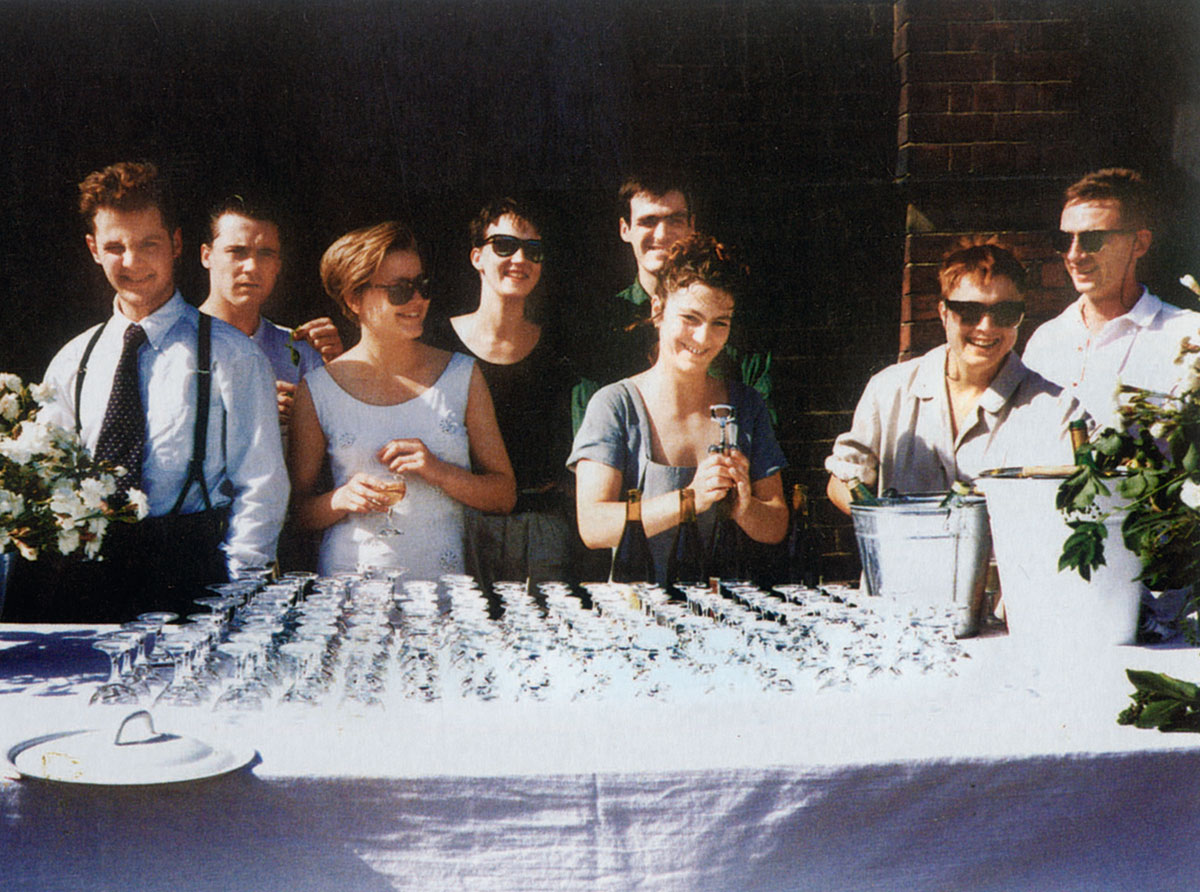
And while ‘Freeze’ may not have kicked the doors in for all the YBAs, later shows, staged along similar lines, certainly did further their cause. "’Freeze’ led to a series of well-attended group shows in 1990 in other disused industrial spaces in London,” writes Altshuler. “The first was ‘Modern Medicine,’ organized by Hirst, Carl Freedman and Billie Sellman in a former biscuit factory in Bermondsey. ‘Gambler’ followed at the same site, with Charles Saatchi purchasing Hirst’s installation of a rotting cow head and electrified flies. And back in Docklands, Sarah Lucas and Henry Bond curated the immense ‘East County Yard Show.’”
You can draw a line from these late eighties and early nineties shows right through to more conventional exhibitions, such as those staged by the Saatchi Gallery, which mounted the first of three Young British Artists exhibitions in 1992.
These Saatchi shows, in turn, culminated in the controversial 1997 Royal Academy show of Saatchi’s collection, ‘Sensation’, which went on to be staged in New York and Berlin. That show marked the YBA’s true ascendance. Yet what happened to Britain during that intervening decade? Quite a bit. Contemporary art helped to reinvigorate London as a creative capital, a place of exciting cultural opportunities, all powered forward by an expanding financial centre.
It is unclear whether that energy has fully dissipated. Today, Hirst, aged 54, can no longer be described as young, yet his entrepreneurial spirit remains. Other YBAs, such as Sarah Lucas, Mat Collishaw and Tracey Emin now conduct respectable, mature careers, and no longer employ the kind of guerrilla tactics that propelled them to fame. But the spirit of the YBAs lives on, where any young artist decides to turn curator and stage a show, rather than wait for the art world to come knocking.
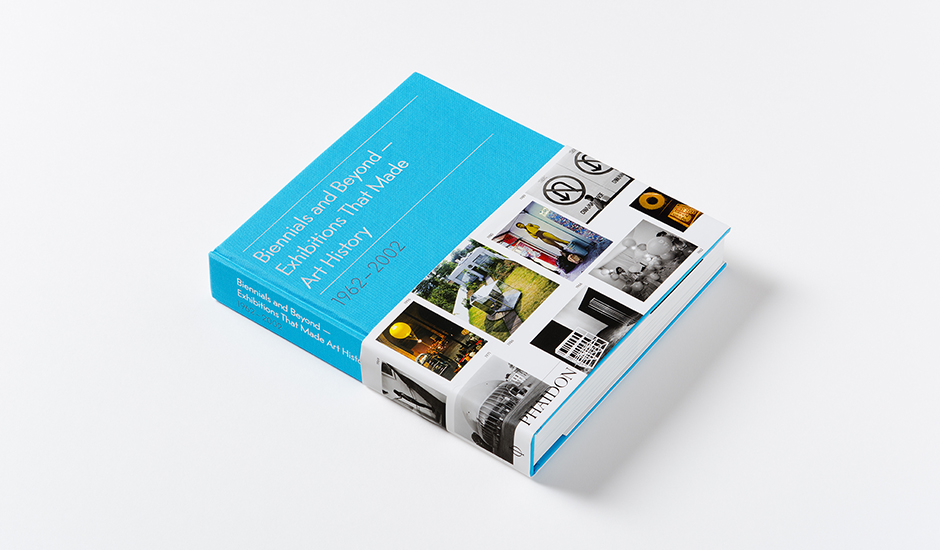
For more on the YBA’s place in art history get Art in Time. Meanwhile, for more on 'Freeze', including reproductions of many images and documents from the show, get Biennials and Beyond; and for Sarah Lucas, get this book.
